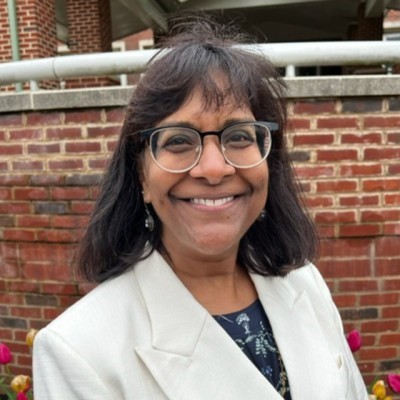
Congratulations go out to Dr. Luna Chandna who successfully defended her dissertation titled “Racing to Adulthood: Comparing Ethnoracial Identification from Childhood to Adulthood for Children with One Asian Indian Parent.” Luna was mentored by Dr. Mary Campbell, committee members included Dr. Emilce Santana, Dr. Jyotsna Vaid (PBSI) and Dr. Walter Peacock (Urban Planning).
The rise in the multiracial population contributes to the shift from a majority white population to a majority non-white population in the United States. How parents identify their children and how those children identify themselves when they are adults has implications for the projected rate at which America is browning, because population projection models often assume that people identified as multiracial in childhood will continue to identify as multiracial in adulthood. Understanding differences between how parents think about the ethnoracial identification of their young children and how those children think of their own identification as adults can advance our understanding of the racialized processes of social assimilation and incorporation they encounter. Furthermore, unmasking patterned differences in how people with multiracial backgrounds are racially identified in childhood and how they racially self-identify as adults could be consequential to the way we conceptualize effective strategies to mitigate social inequality.
Observing the ethnoracial identification of the same individual across time is a novel way to study and track differences in patterns of ethnoracial identification. Using Census 2000 and Census 2020, Dr. Chandna links data from childhood to adulthood for people born between 1990 and 2000 who have one Asian Indian parent. She uses multinomial logit and binary logit regression models to test differences in the relationship between their ethnoracial identification and age and birth cohort, race and gender of their biological parents, the educational level of their parents, household language use, the racial composition in their state of residence, and their distance from Asian Indian ancestry.
Congratulations, Dr. Chandna!
